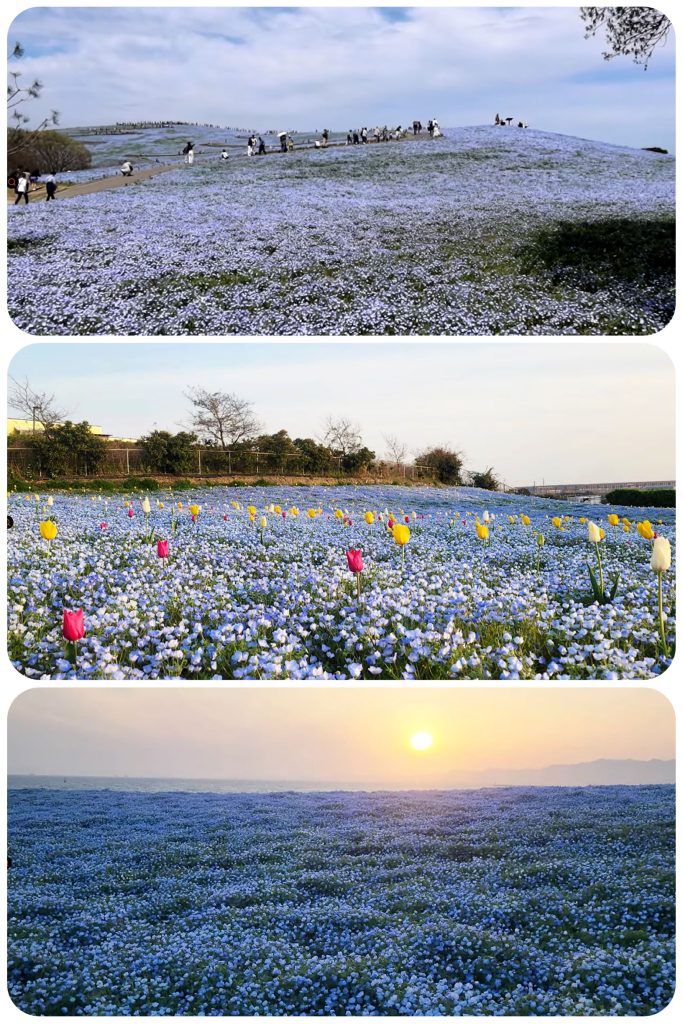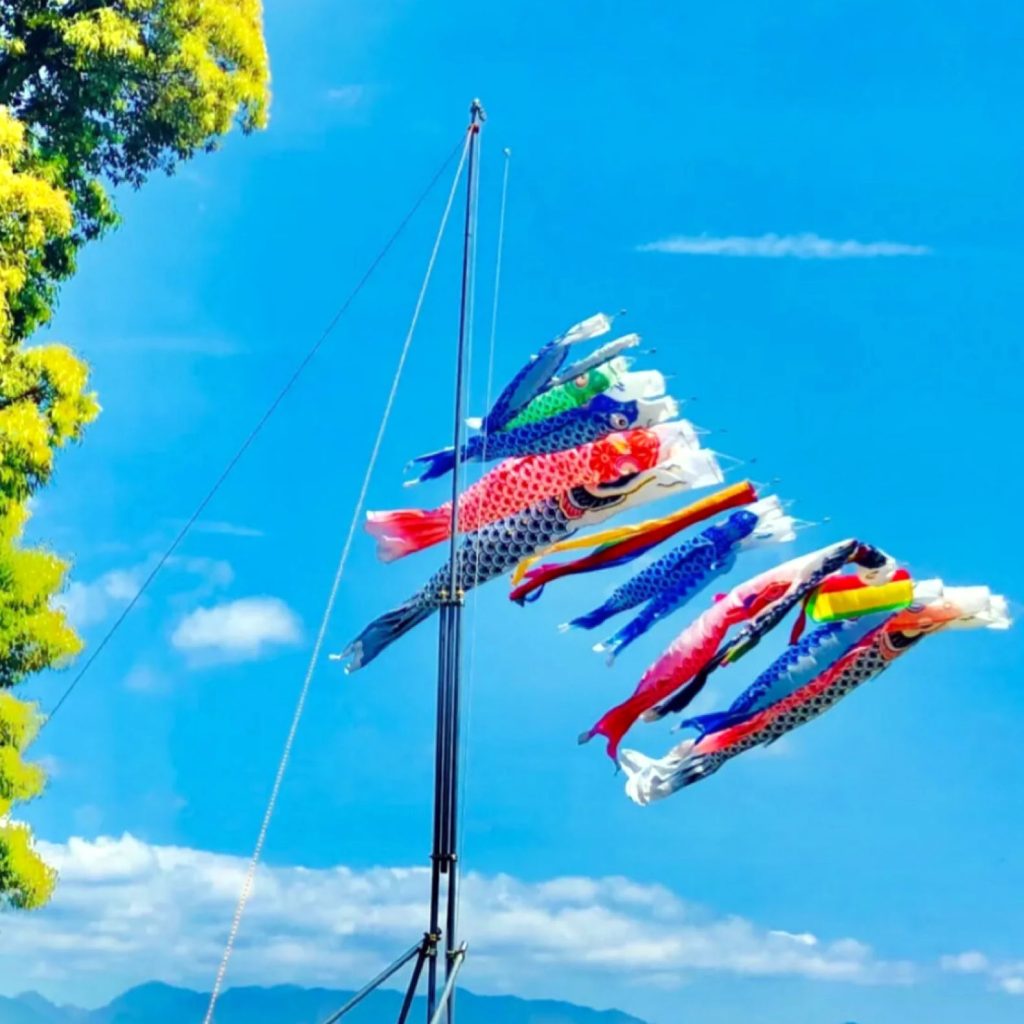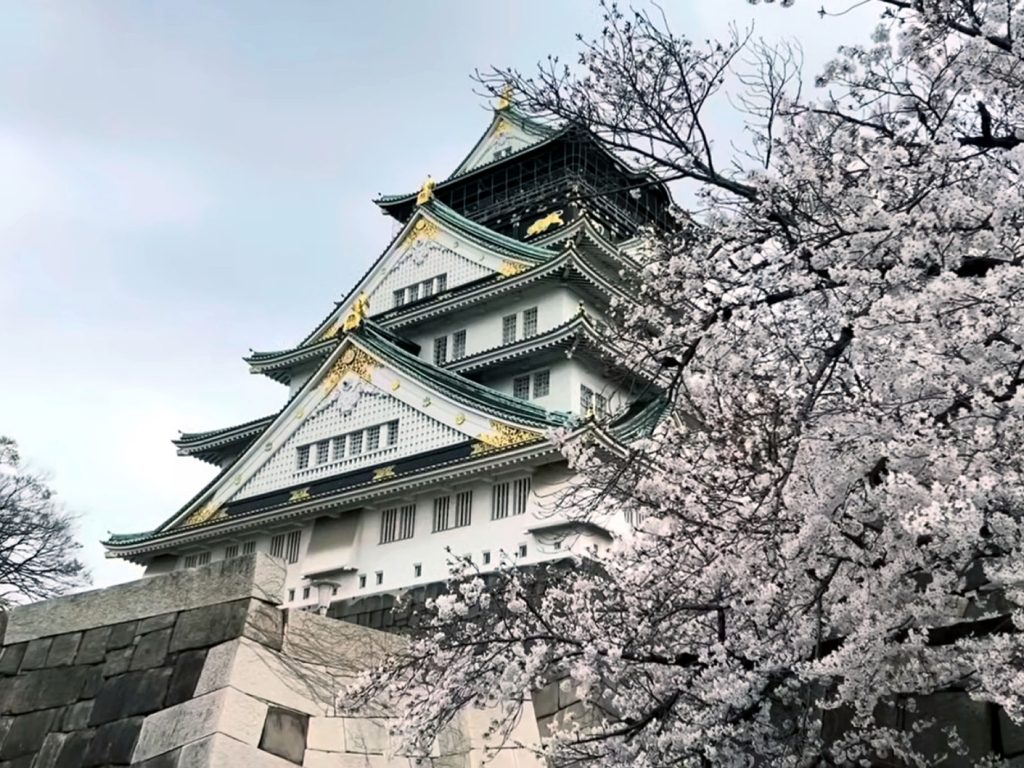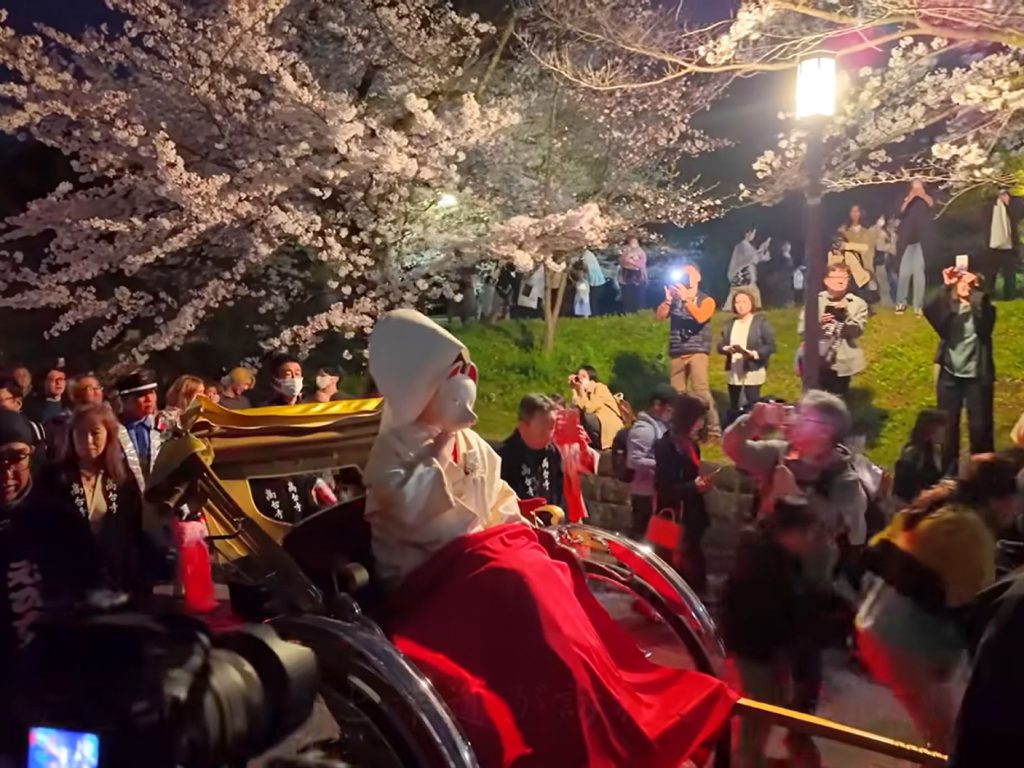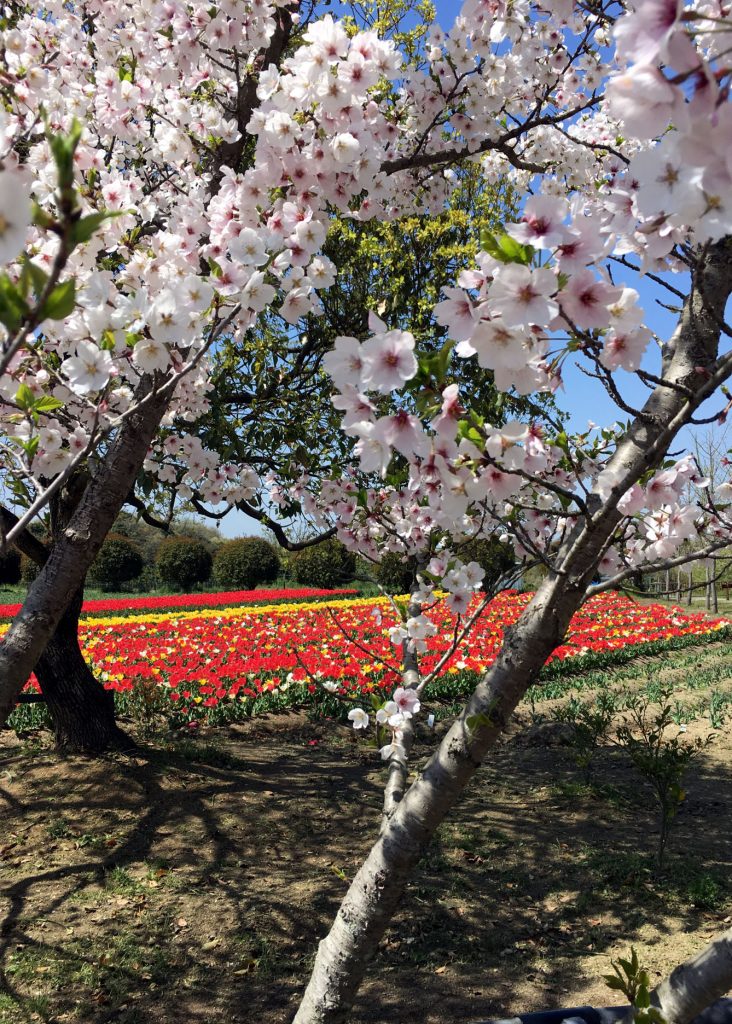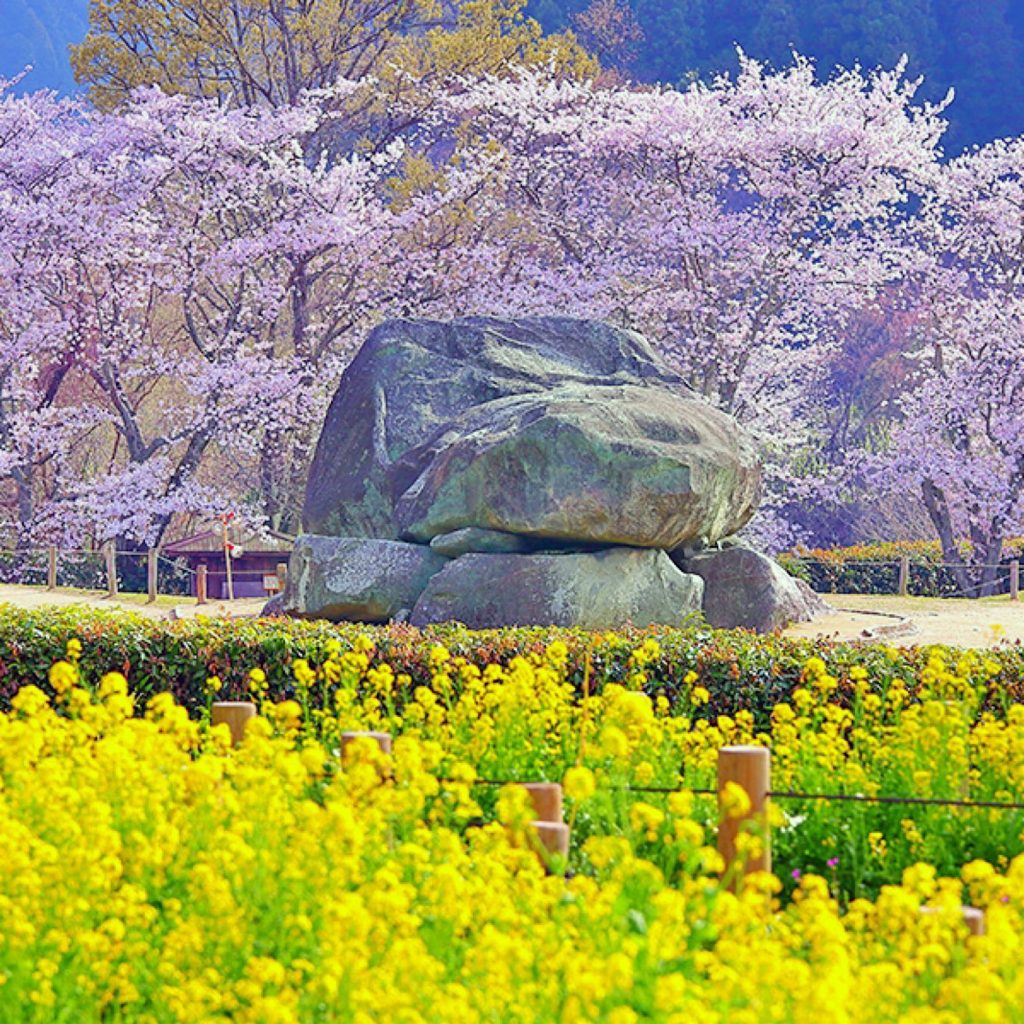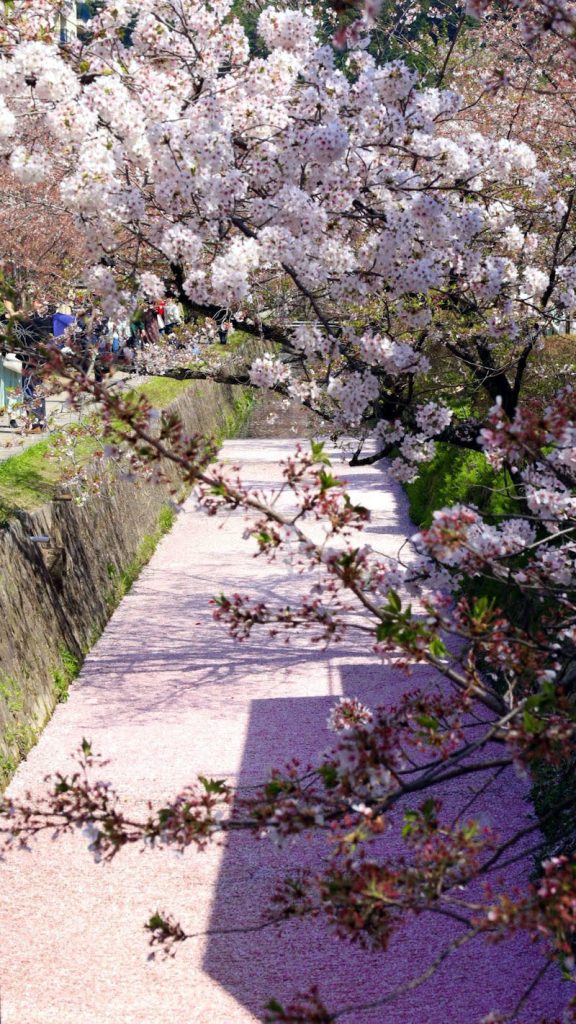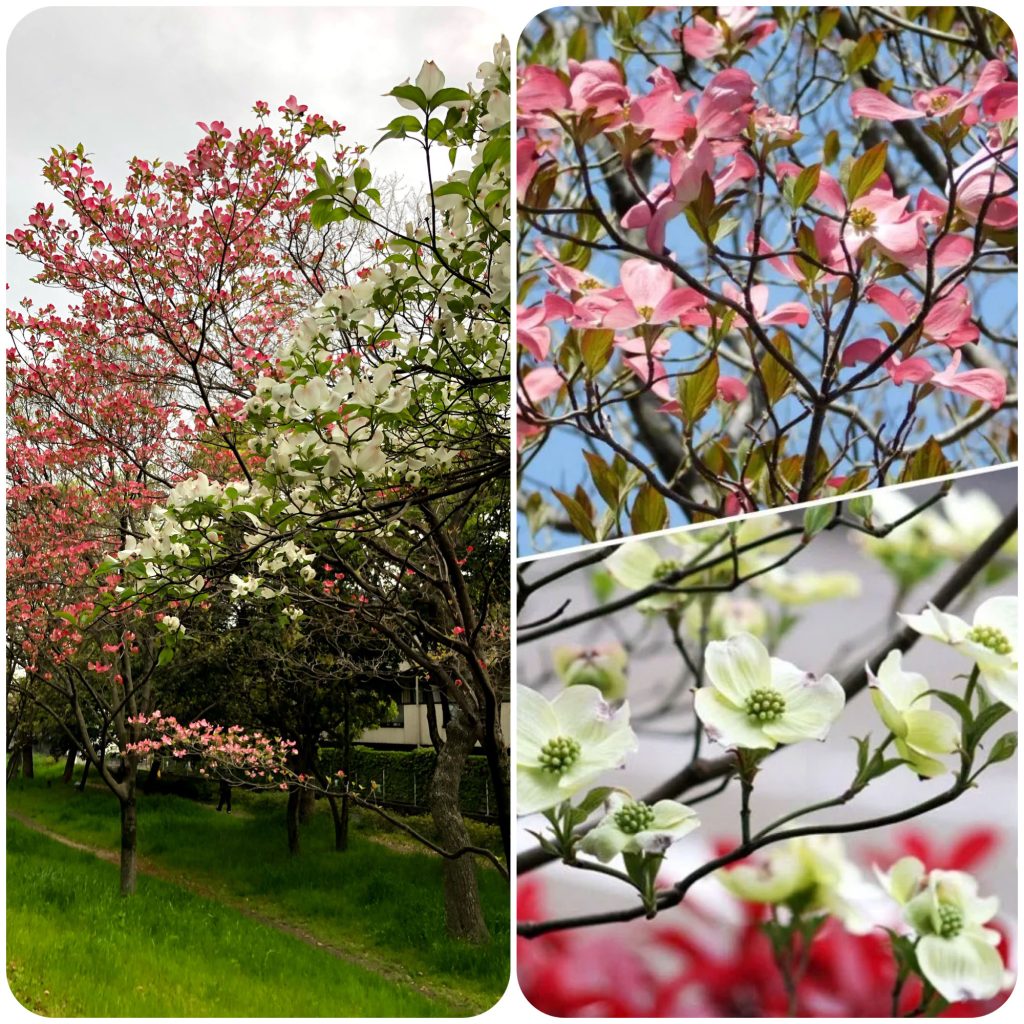
The name Hanamizuki is fitting. While cherry blossoms bloom in splendid arrays, attracting crowds for festive gatherings, Hanamizuki is a flower suited for quiet appreciation, alone or perhaps with a lover. Nowadays, it’s commonly seen as street trees, lending a serene ambiance to the surroundings. The tradition of planting them in Japan dates back to 1915, when Washington D.C. gifted them to Tokyo in return for cherry blossoms. In America, they’re known as dogwood, and just as Japan tracks the cherry blossom front, America tracks the Hanamizuki front. This underscores their popularity. The song ‘Hanamizuki’ by Hitoto Yo is often associated with them, created as a wish for the happiness of friends and their lovers residing in America after witnessing the tragic events of the 9/11 attacks. This song catapulted Hanamizuki to fame.
花水木と言う名前がいい。桜は一斉に咲くと豪華絢爛で、多くの人が群れ集まり、花見しながらの宴会がよく似合う。花水木は一人、せいぜい恋人とかと二人で密やかに見るのが似合う花だ。最近は街路樹になり、花水木の並木道もよく見かけるようになったが、しっとりと落ち着いた感じだ。日本における植栽は、明治時代末期の1912年に当時の東京市長の尾崎行雄が、アメリカのワシントンD.C.へサクラ(ソメイヨシノ)を贈った際、その返礼として、大正初期の1915年にワシントン市から東京市の贈呈されたのが始まりである。アメリカでは花水木はdogwood と呼ぶそうだが、日本に「桜前線」と言う言い方がある様に、アメリカでは「ハナミズキ前線」と言う言い方があるそうだ。それだけ花水木はアメリカでは親しまれている。花水木と言えば、一青 窈(ひとと よう)が歌った『ハナミズキ』と言ういい歌がある。2001年のアメリカ同時多発テロの衝撃的かつ悲劇的な光景を見て、アメリカに住む友人と、その恋人の幸せを願ってつくられたそうだが、この歌がきっかけで花水木は一躍有名になった。



